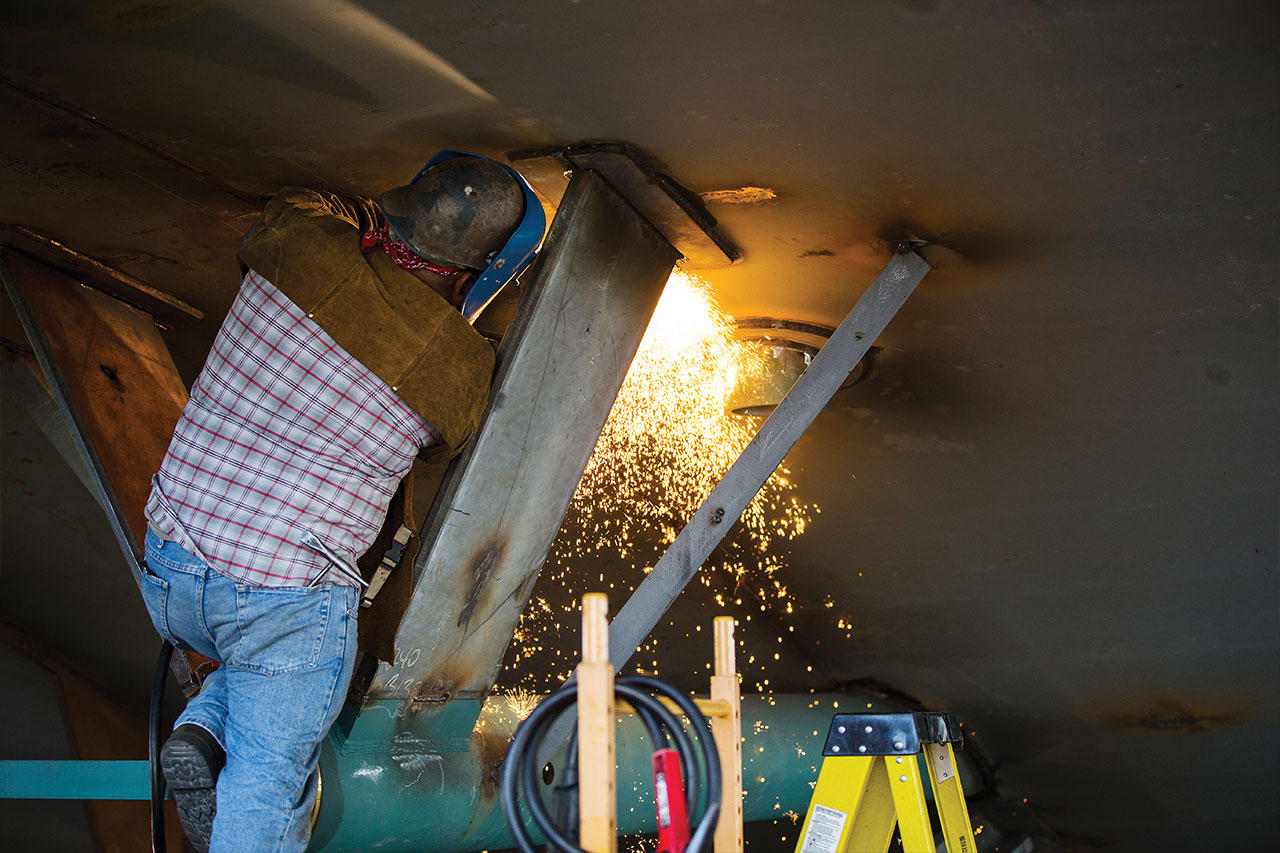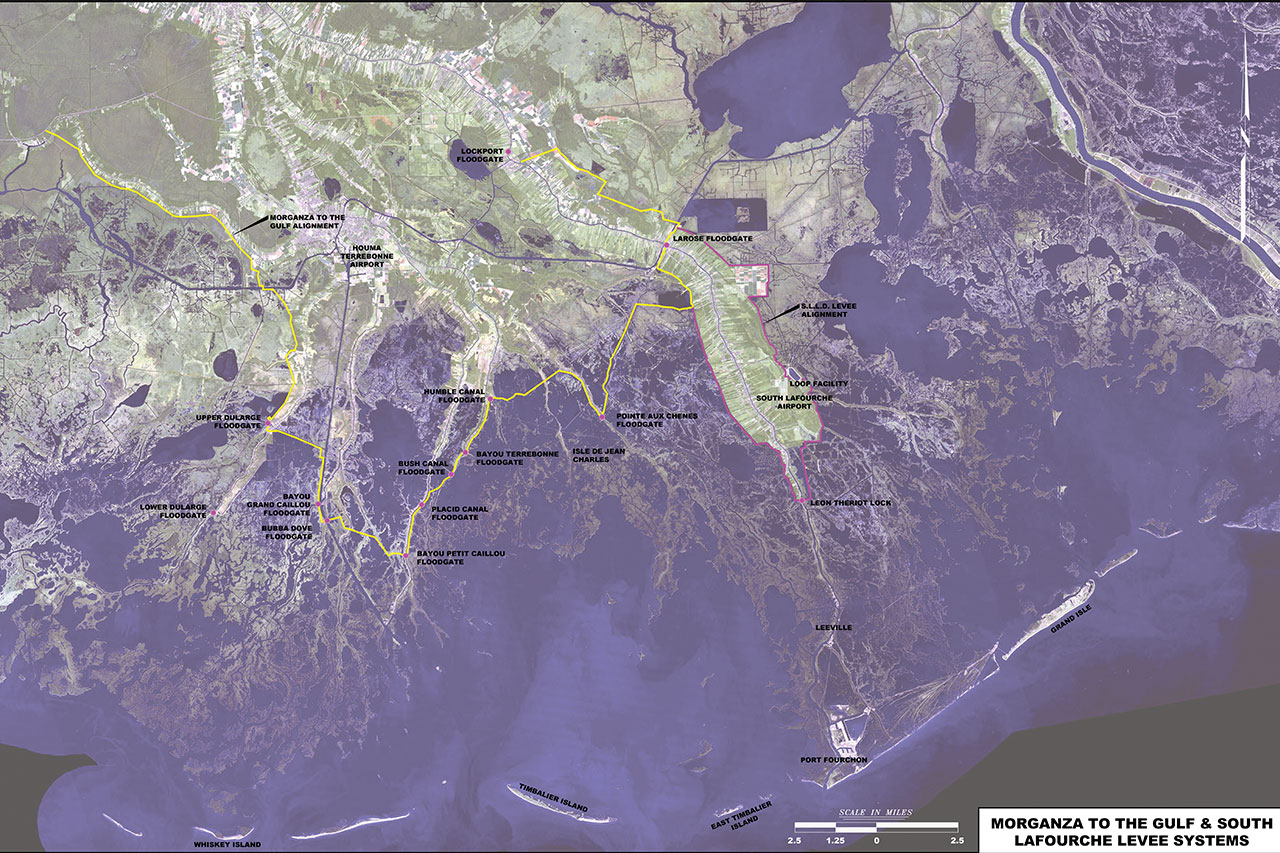
Main Iron Works Producing Tier-IV Compliant Tractor Tug
September 18, 2019
RelyOn Nutec Trusted Source for Training, Custom Solutions
September 18, 2019There’s been a recent substantial drop in the estimated price tag of a large scale hurricane protection project intended to protect Louisiana’s coast.
This year the Terrebonne Levee and Conservation District and the Louisiana Coastal Protection and Restoration Authority asked the Army Corps of Engineers to factor the work already completed into the hefty $10.3 billion estimate. Their conclusion: $3.2 billion for 2035, and $5-6 billion for 2085.
“It was priced out of existence,” said Dwayne Bourgeois, Executive Director of North Lafourche Levee and Conservation District. “We had to reprice it, and that’s where we are.”
The Morganza to the Gulf Project is currently planned to be 98 miles of earthen levees, 22 floodgates of navigable water, 23 environmental water control structures, nine road gates, and front protection for four existing pump stations.
Also included is a lock complex on the Houma Navigation Canal, consisting of a 110 foot wide, 800 foot long lock complex and adjacent 250 foot wide sector gate.
According to the Corps, currently, no federal dollars have been appropriated for the project. TLCD and CPRA have used state and local funds to carry out what work has been done. So far, 66 miles of the levees, 11 of the navigable gates, six roadway gates, and 10 environmental structures have been completed.
Originally, the estimate was $866 million, but shortly after new hurricane protection standards, in the wake of Hurricane Katrina, the cost ballooned to $10.3 billion. Bourgeois said this stalled out federal work on the project because this estimate is 10 percent of the Corps’ backlog.
The TLCD and CPRA continued the project, compiling data on the actual costs which generated the Adaptive Criteria Report. This report, factoring the already completed portions and the costs, resulted in the deflation of the estimated price.
The reason for the two different pricetags set for different dates, said Bourgeois, is the cost of increasing protection annually. While this is likely an overestimate, Bourgeois said, the important number is $3.2 billion.
“Since the Corps would really be out of the picture at 2035, the $3.2 billion number is the one to really focus on,” Bourgeois said.
Once the levees are constructed, both sea level rise and the ground itself settling have a double impact of reducing the effectiveness of the levee over time. Essentially, the levee sinks and the sea level rises, and the 2085 estimate is adjusting for these factors.
Reggie Dupre, Executive Director of Terrebonne Levee and Conservation District, explained that it is a question of terminology – if it will be called maintenance or construction.
“This whole story about the re-evaluation is what do you call the post 2035 level: do you call it maintenance, or do you call it construction?” said Dupre. “We think if we call it maintenance, we have a much better shot of finally getting the federal government to adopt us.”
Having got the Corps to sign off on the new estimate, the next step is to have the Office of Management Budget agree.
Bourgeois said he’s bringing a strong case before the OMB. The work, already carried out, proves the cheaper price tag, and the savings improve the cost benefit ratio from 1.4 percent to 5 percent.
“That’s the kind of thing the OMB has to have in their hand,” said Bourgeois. “And economic data to back it up.” •








